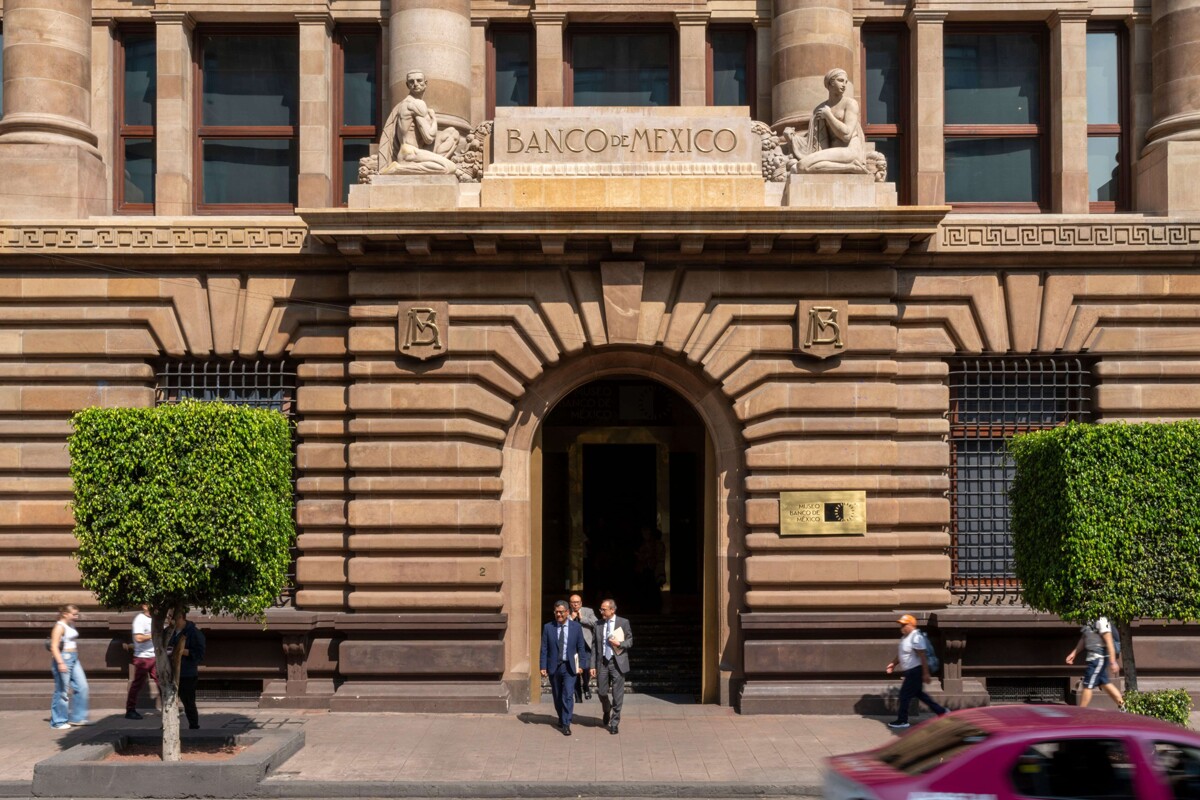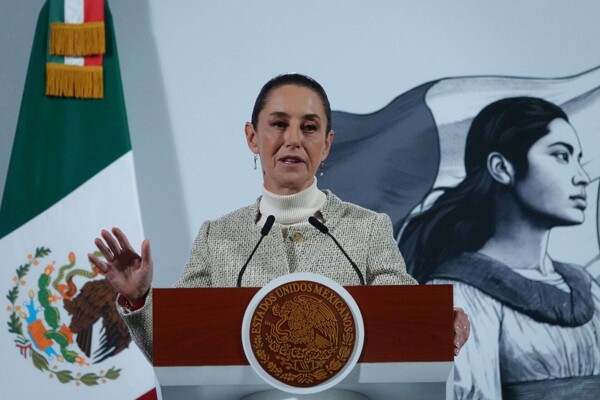
In Mexico, no significant currency mismatches are observed in the balances of the private sector. Despite the depreciation of the peso and uncertainty about U.S. trade policy, there is room to continue reducing the interest rate, according to various studies, including those conducted by Banxico. Evidence suggests that the pass-through to inflation in Mexico is low, especially in times of economic weakness, due to factors such as favorable disinflationary processes, well-anchored medium-term inflation expectations, and economic and labor deceleration in the country.
The process could allow for a more relaxed monetary policy, even though current inflation is not at the target level. It is argued that waiting for inflation to reach its goal with a restrictive rate could push the economy into a recession without benefits. Although some voices call for caution due to possible additional depreciations of the peso, the majority of analysts believe that growth in 2025 will be lower than in 2024.
The Governing Board of Banxico will soon meet to make decisions on monetary policy, and a 50 basis point reduction in the reference rate is expected to be announced. Despite concerns about possible currency imbalances and financial stability, no significant impacts have been observed from the recent fall of the peso. The flexible exchange rate in Mexico, on the other hand, helps to smooth external shocks, such as changes in trade policy.
Mexico's economic growth in 2024 is expected to be half the rate recorded in 2023. Although divided opinions persist regarding the monetary policy to be followed, there are arguments in favor of reducing the interest rate to not overly restrict the economy in a context of deceleration and externalities such as the depreciation of the local currency.














